4974 'Tre Tacche' Longines 13ZN Chronograph
Well before the Daytona, even before WWII, the 13ZN was the beautiful chronograph calibre made and by some margin. Longines dominated chronographs in the transition from pocket watches to wristwatches, going back to this watch’s predecessor the 13.33Z. However, the 13.33Z was largely a monopusher. Modifications were made but still generals, aviators, and civilians needed more utility still. At the time, each watch was made to its buyer’s needs, by hand. And the flyback chronograph was demanded. The 13ZN was the first dual-pusher flyback chronograph to hit the market, both technically and visually superior to anything else made in 1936 when it debuted.

In 1935, Longines discovered that removing the toothed reset hammer meant that the reset pusher could be activated while the chronograph was running. That year, they filed a patent and the 13ZN came out the year following. The flyback was double important for pilots who had to time their movements and actions precisely from a unified start. The combination of dual pusher with flyback put the 13ZN in a category of its own. Movements could be rhodium or gilt finish, the latter of which we see here. Everything was made at Longines.
The calibre showed up in a dizzying array of dial and case configurations, from the ‘mushroom’ pusher at the very top end to square pushers. This is a ‘Tre Tacche’ step case which is quite desirable, so named for the three notches in its caseback. It is a ‘perfect’ size at 37.5mm, a proportion that doesn’t really exist in chronographs anymore. This is one of the earlier constructions and quite beautiful. The dial silver-white and aged to a warmer tone, multi-scale with a-mag line. You can find Breguet, Arabic, and many other configurations The blued hands are icing on the cake. It was delivered in April 1942 to Ostersetzer Italy.

The 13ZN has gone through waves of collectability through the decades, perhaps peaking near 2015 and at a relative low now. It is undergoing the same trajectory as pre-50s car auctions, where those old and studied enough to understand what these are are becoming fewer by the year, sadly. The beauty of the calibre speaks for itself, as do the proportions. It is probably the most beautiful and accessible category of chronograph pre-50s today.
This example isn't perfect, but it is great. The dial is honest and unrestored, with years of light patina and wear. The case is perhaps lightly polished but still quite strong, look at the details of the bezel edges to see what I mean. Engravings are still there and deep enough. It comes with an Extract and matching numbers, from a well-regarded retailer.























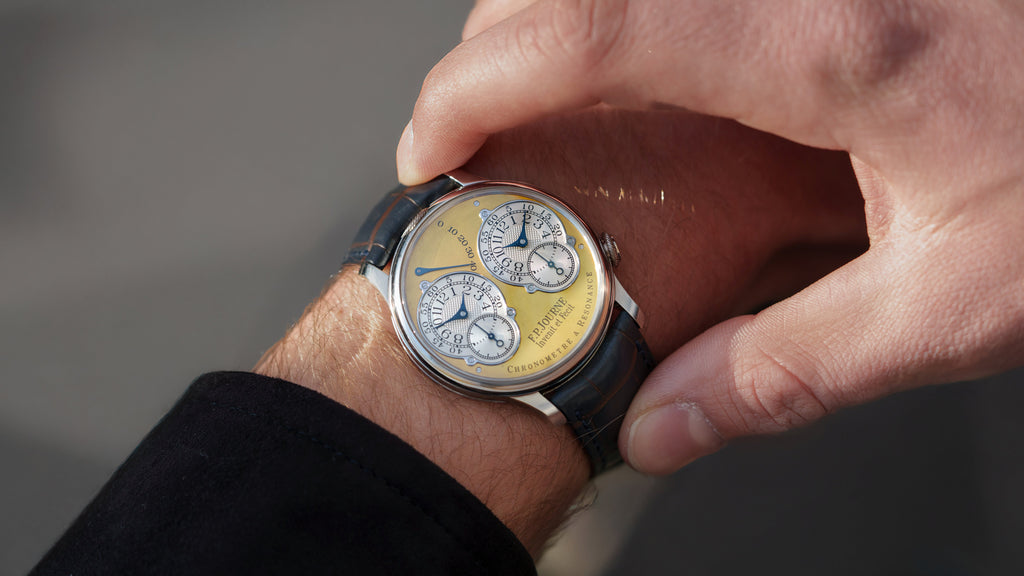
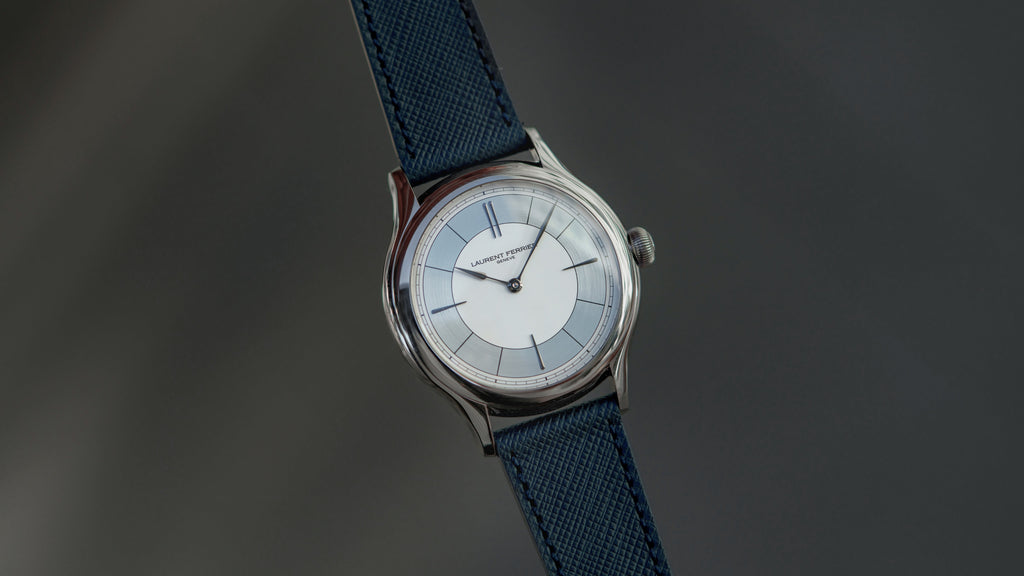

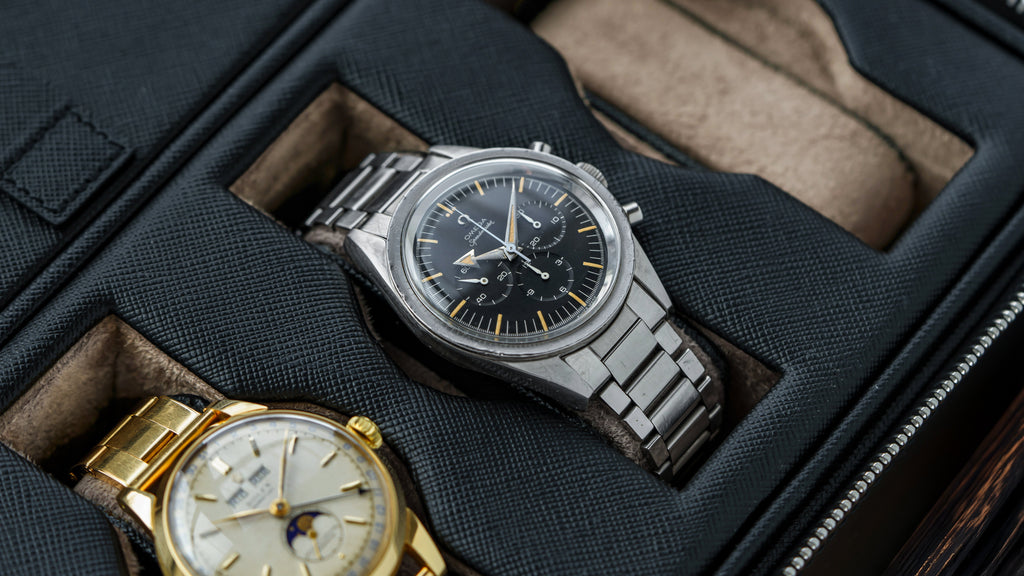

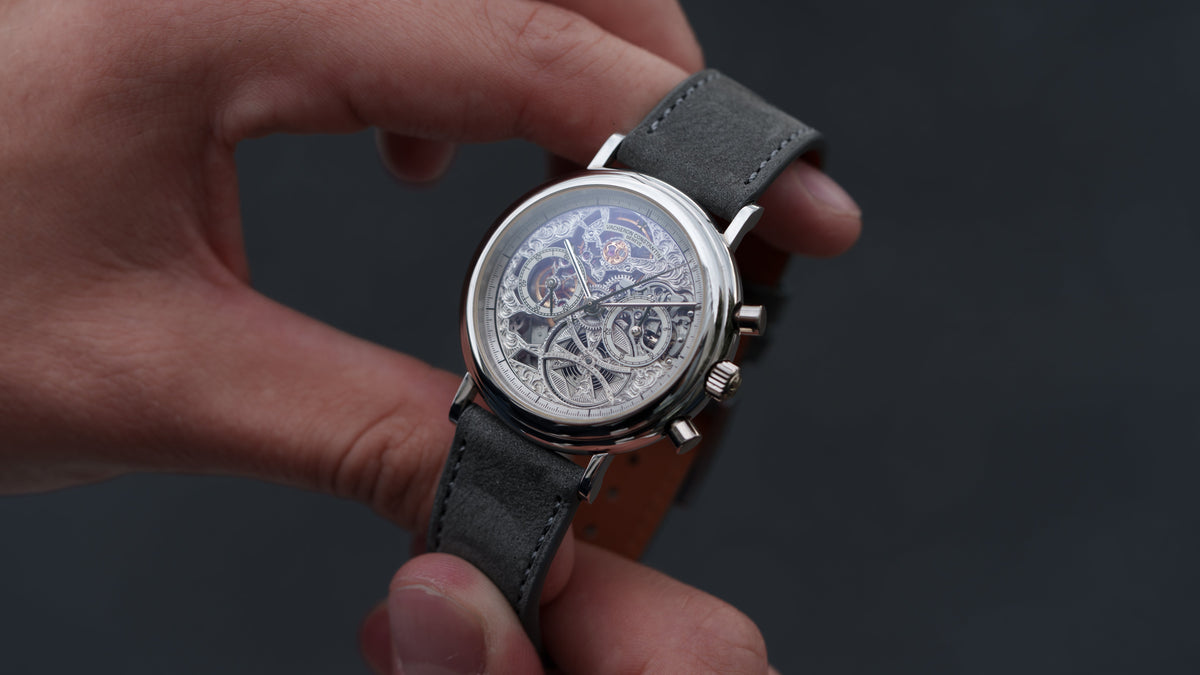
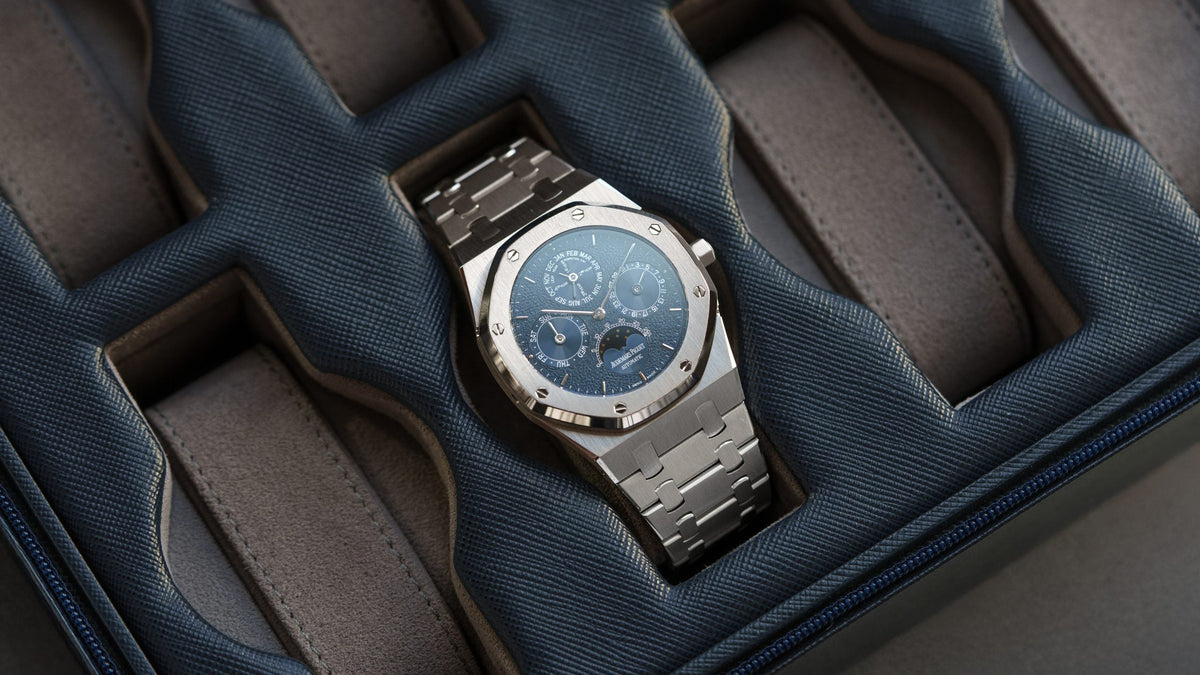
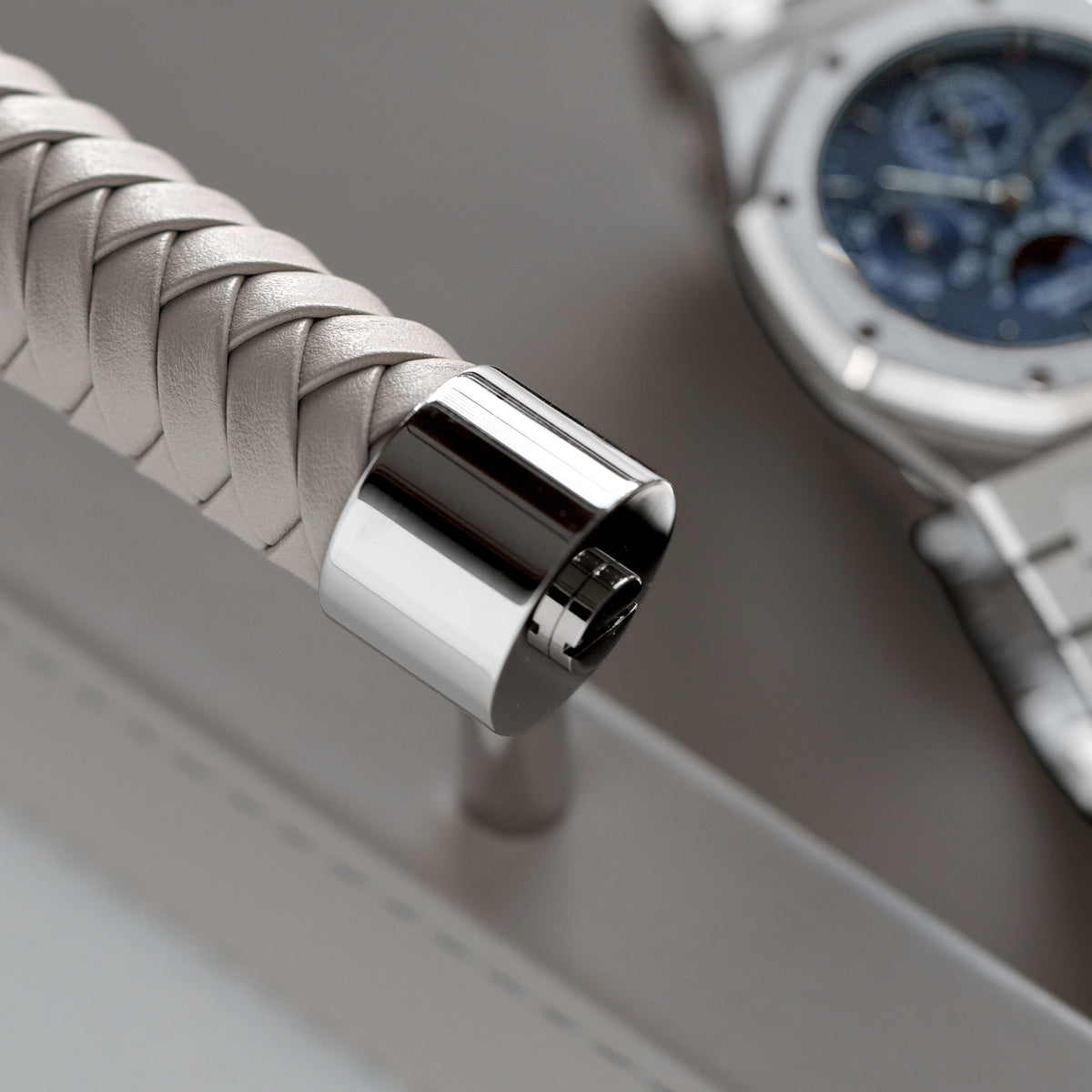
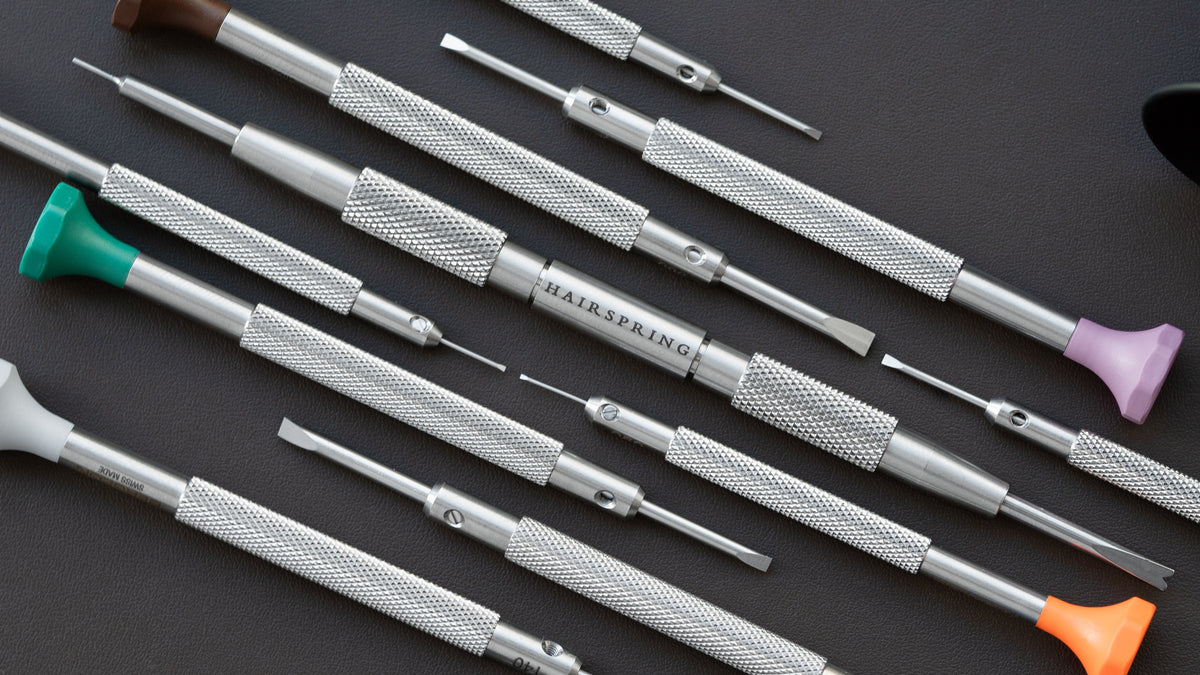
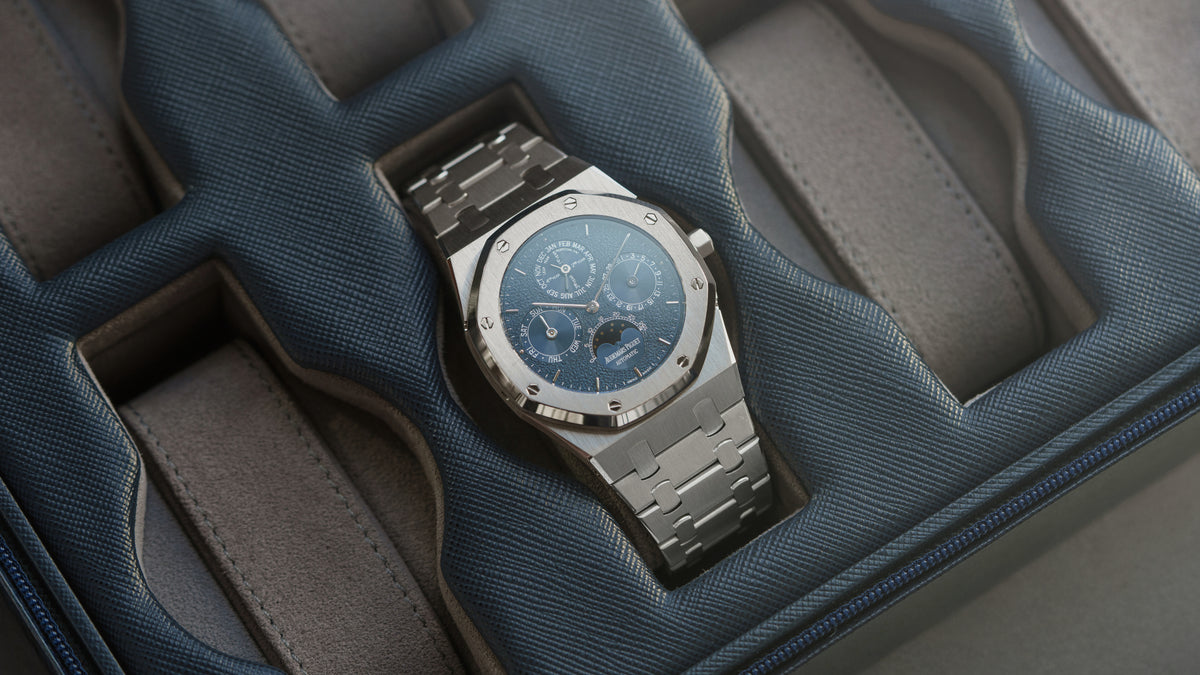
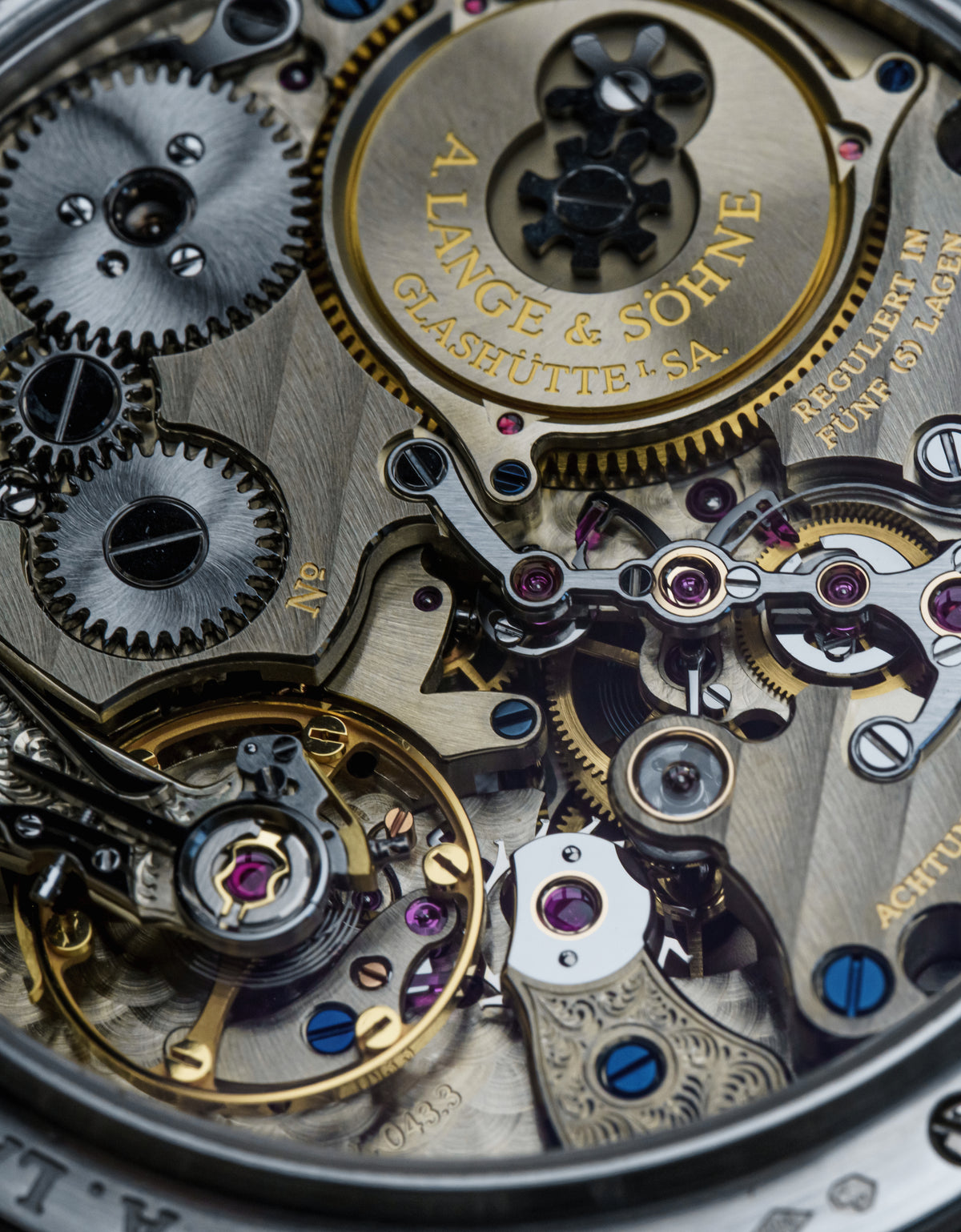


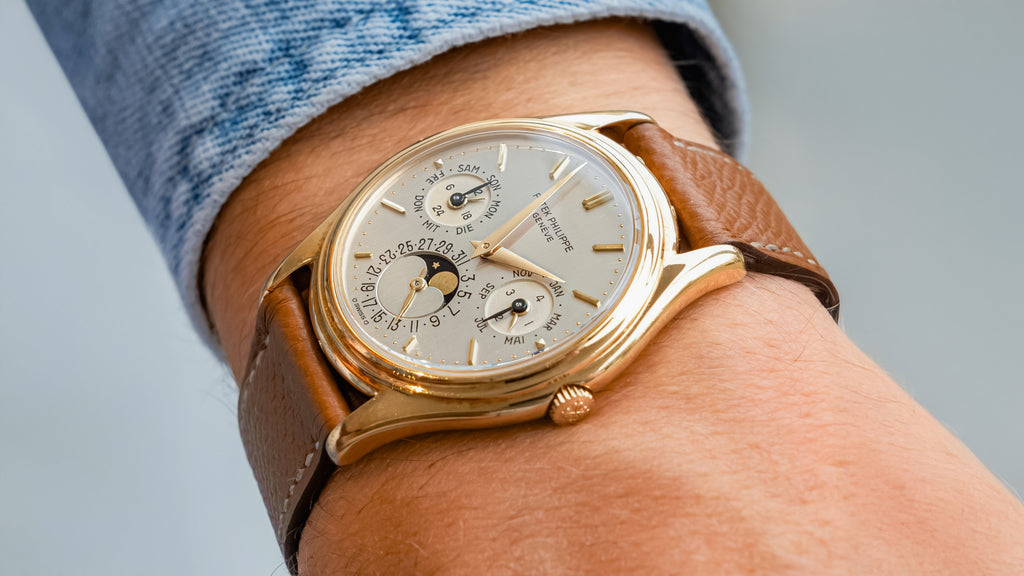
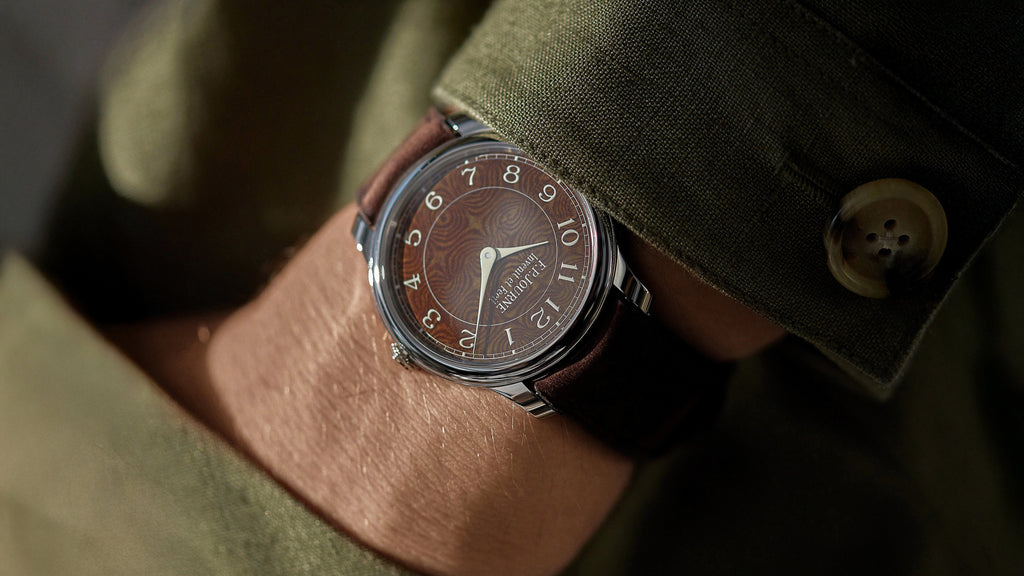
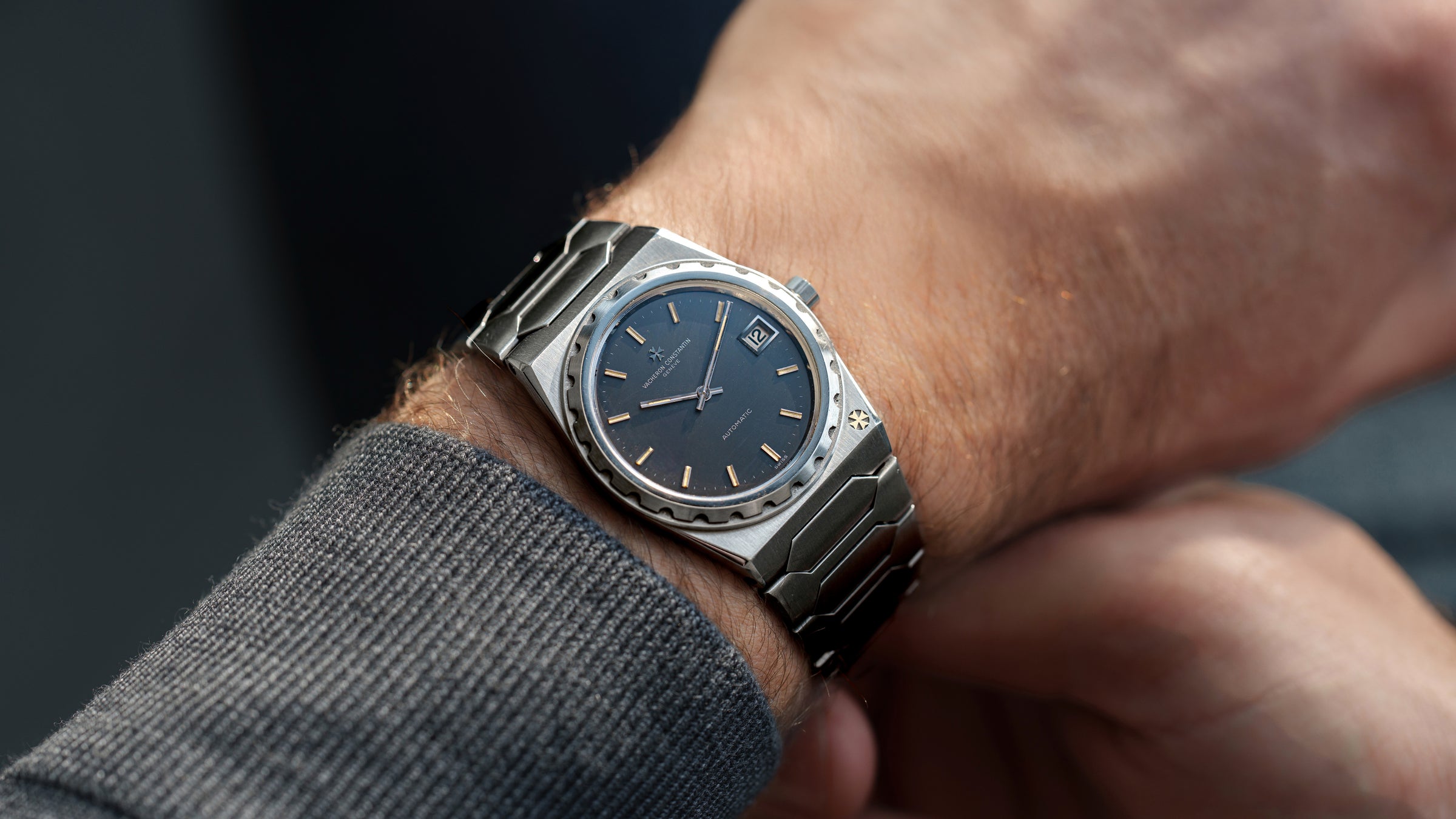
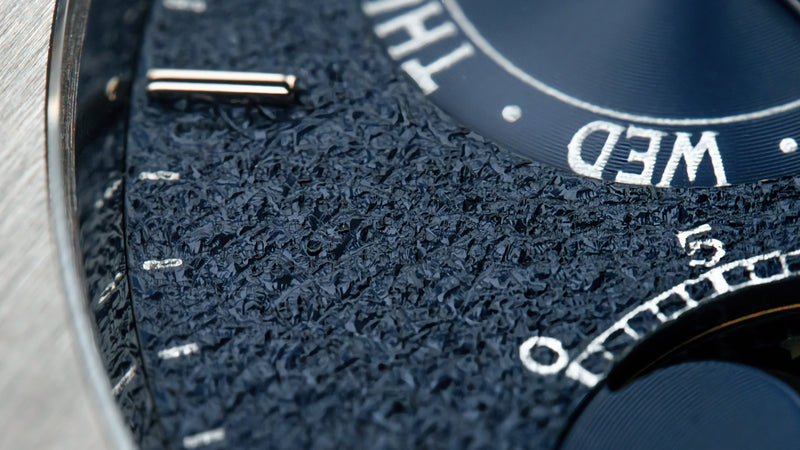

0 comments
Write a Comment